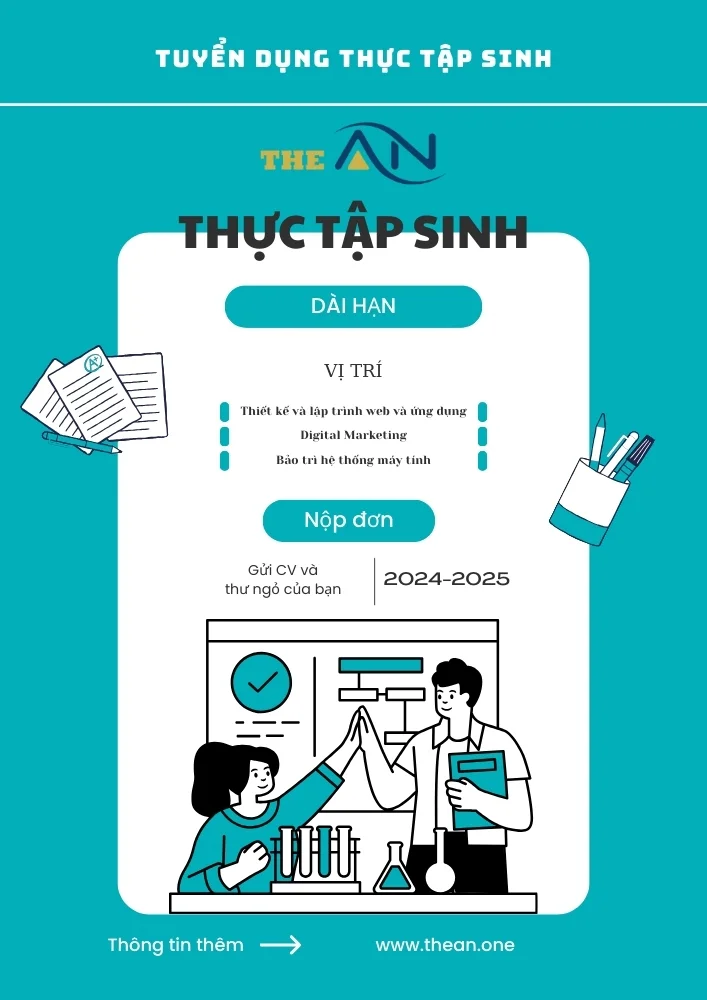Possessive Noun – Meaning, Usage, Rules and Examples

A possessive noun is an important part of the English language and writing. They play an important role to indicate ownership or possession. You can express relationships with people, things, and ideas. In this article, we will learn about the concepts of Possessive Noun, their meaning, usage, rules, and examples.
Table of Content
- What is a Possessive Noun?
- Types of Possessive Nouns
- Rules for possessive noun
- Exercise to practice possessive pronoun
- FAQs on Possessive Nouns
What is a Possessive Noun?
The Possessive nouns are nouns that indicate ownership or possession. It indicates that something belongs to someone or something else. In many cases, possessive nouns are formed by adding an apostrophe and “s”(‘s) to the noun, but different exceptions to this possessive noun rules. The common rule to indicate possession of an object is by adding “s” to the end.
Examples of Possessive Nouns
- Teacher – To whom does this watch belong?
- Ross – it is Mona’s watch
The term Mona’s is an example of a possessive noun that indicates ownership of the watch in the sentence “It is Mona’s watch”.
As a general rule mentioned earlier, an apostrophe and an “s” are added to the end of the noun to which the object belongs to indicate possession.
How to form Possessive Nouns?
To form a possessive noun, you generally add an apostrophe and or an “s”(‘s) to the noun. For example:
- The dog’s toy
- Nisha’s car
- The company’s success
Types of Possessive Nouns
Based on the different types of usages of the possessive noun, there are following four types of possessive nouns which have been explained below in detail
1. Singular Possessive Nouns
The singular possessive noun is the most fundamental type of possessive noun.
In this type, “s” and an apostrophe are added to the singular nouns to make them possessive. It is important to note here that S-ending nouns, especially proper nouns, can be quite confusing. However, if the word is singular (the boss’s chair), it’s acceptable to add an ‘s after an s.
Singular possessive nouns = ‘s (apostrophe ‘s’) + [singular noun]
Example:
- For the occasion, I used Rahul’s jacket.
- The Malayalam film’s review is rather good.
- Can you bring Harris’ luggage to me?
2. Plural Possessive Nouns
Possessive plural nouns are those that denote ownership of plural nouns. To show possession with regular plural nouns that end with “s,” simply add an apostrophe at the end.
The fact that plural nouns already have a “s” at the end makes them more challenging to render possessive.
Plural possessive nouns = ‘ (apostrophe) and [plural noun]
Example:
- The tasks were organized by the students’ roll numbers.
- The boys’ clubs have intense rivalries.
- All the clocks’ hands need to be replaced.
3. Irregular Possessive Nouns
To indicate possession, an irregular possessive noun alters its spelling. A word that does not adhere to the fundamental guidelines for pluralization is said to be irregular.
The majority of nouns may be made plural by simply adding an s at the end of the word.
For instance, boy changes into boys.
Example:
- A child becomes children, and the tooth turns into teeth.
The modifications for these irregular nouns must simply be remembered because they do not adhere to any specific grammatical rules.
4. Multiple Possessive Nouns
To indicate multiple persons or things having ownership of that particular thing then that is known as multiple possessive nouns. by adding an apostrophe and “S” you can make these types of nouns in the group of nouns.
Example:
Rules for possessive noun
- In the case of Singular Nouns: An apostrophe and s (‘s) are required to make the possessive of a single noun, such as “Building.”
- In the case of a Plural Noun: Add simply an apostrophe (‘) = cats = cats’ to a plural noun ending in s to create the possessive form.
- Add an apostrophe and s (‘s) to make mice into mice’s to construct the possessive of a plural word that doesn’t finish in s.
- In the case of Multiple Nouns: Apostrophes and an “s” should only be added to the last noun in a collection of nouns that share ownership of the same object.
- In the case of Hyphenated or Compound Nouns: Make sure to add the apostrophe and the letter “s” to the end of the compound word or the word after the hyphen when making a hyphenated or compound noun into a possessive noun.
Exercise to practice possessive pronoun
Now that you have learned everything about possessive nouns in detail, it is time to test your knowledge. Solve the exercises given below based on the concepts given above.
Instruction: The term that is underlined should be written on the line with an apostrophe or apostrophes to indicate its possessive form.
- Shalini’s favorite book is stolen.
- Children saw the king’s crown at the museum.
- Bring Nina Easter eggs from the shop.
- The joker’s faces were painted.
- All of the women’s voices were heard.
- Today is my birthday and you all are invited.
- My brother’s bike is the latest model which has been recently launched.
- The girl’s rooms are going to be cleaned today.
- The dog’s bark was loud.
- That bird’s feathers are blue and yellow.
FAQs on Possessive Nouns
A possessive noun in the English language is used to show that something belongs to a certain person.
Some examples of possessive nouns are:
- It is Mona’s watch
- The boys’ clubs have intense rivalries.
- All the clocks’ hands need to be replaced.
There are 7 strong possessive pronouns which are “my,” “ours,” “yours,” “it,” “his,” “hers,” and “their”.
Possessive nouns in the English language are used to show that something belongs to a certain person. To express possession, possessive nouns are used in both singular and plural forms.
The possessive form in English is created by adding an apostrophe and an “s” (‘s) to nouns to show ownership or association, such as “Mary’s car” or “children’s toys.”
Possessive adjectives show ownership. Common ones include “my,” “your,” “his,” “her,” “its,” “our,” and “their.” They modify nouns to indicate who possesses or owns something.
Possessive nouns indicate ownership in sentences. They use‘s for singular nouns and ‘ for plural nouns to show who or what owns something. Examples: “Mary’s book” and “children’s toys.”
Quý anh/chị đang tìm kiếm một doanh nghiệp uy tín cung cấp dịch vụ Công Nghệ Thông Tin như Thiết kế và lập trình website, Digital Marketing, hoặc dịch vụ Bảo trì và chăm sóc hệ thống máy tính, ...? Đừng ngần ngại hãy liên hệ với The ÂN qua số điện thoại (+84).326.418.478 để được tư vấn cụ thể, hoặc liên hệ qua mẫu tin.
Các thông tin nổi bật khác:









